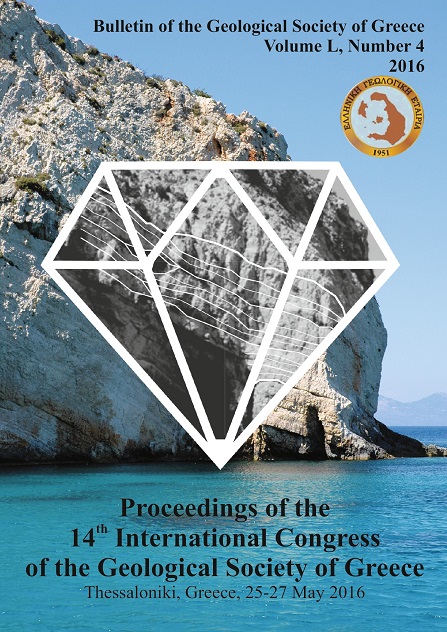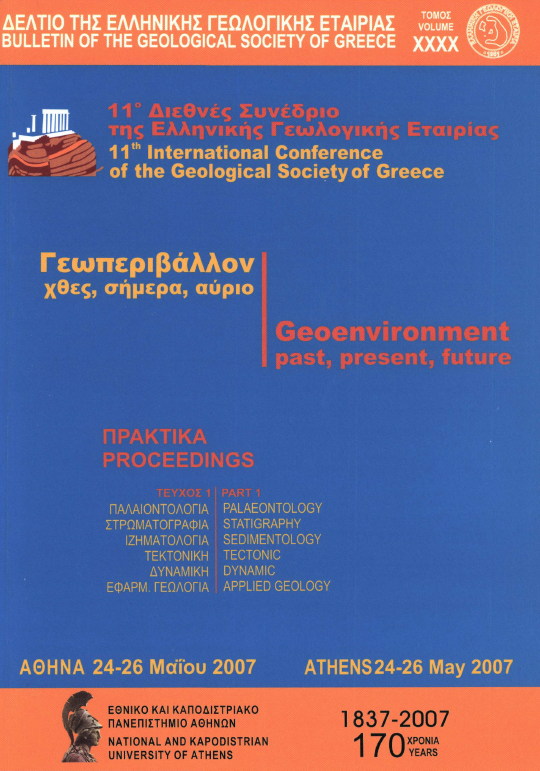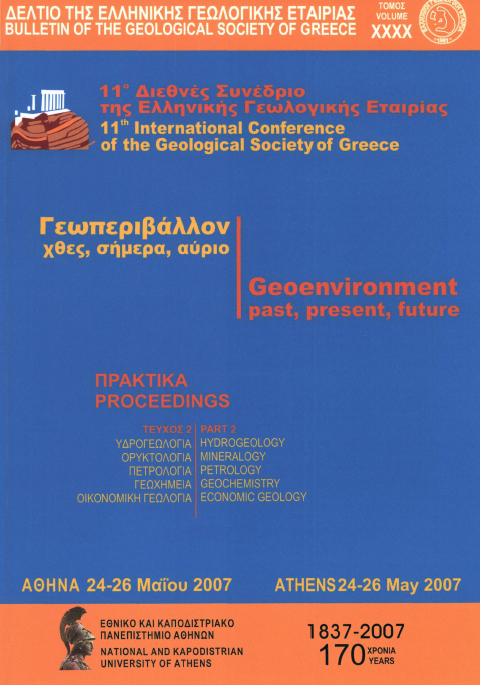SAFETY ISSUES WHEN MONITORING CO2 STORAGE IN THE PRINOS AREA, GREECE
Résumé
Geological storage of CO2 in geological structures in the subsurface can mitigate global warming. A safe storage of CO2 can be ensured through the development of comprehensive monitoring programs that prevent any possible leakage of CO2. This paper presents various monitoring strategies of CO2 subsurface movement in the Prinos reservoir, northern Greece, the results of a simulation of a CO2 leak through a well, and an environmental risk assessment study related to the leakage of CO2 or oil from the seafloor. After only 13.7 years, from the beginning of injection, the CO2 leak reaches the seabed in the form of gas. For the assessment we set up a model, using ArcGIS software, based on the use of data regarding the speeds of the winds and currents encountered in the region. Assumptions were also made related to the flow rate of CO2. Modeling results show that it only takes a period of 10 days from the start of oil leakage until the “Natura” protected areas start to be affected. CO2 leakage modelling results show CO2 to be initially flowing along a preferential flow direction, which is towards NE. However, 5 days after the start of leakage of CO2, it is also flowing towards ENE. The consequences of a potential CO2 leak are considered spatially limited and the ecosystem is capable of recovering by itself.
Article Details
- Comment citer
-
Koukouzas, N., Lymperopoulos, P., & Tasianas, A. (2016). SAFETY ISSUES WHEN MONITORING CO2 STORAGE IN THE PRINOS AREA, GREECE. Bulletin of the Geological Society of Greece, 50(4), 2304–2313. https://doi.org/10.12681/bgsg.14296
- Rubrique
- Environmental Geology

Ce travail est disponible sous licence Creative Commons Attribution - Pas d’Utilisation Commerciale 4.0 International.
Authors who publish with this journal agree to the following terms:
Authors retain copyright and grant the journal right of first publication with the work simultaneously licensed under a Creative Commons Attribution Non-Commercial License that allows others to share the work with an acknowledgement of the work's authorship and initial publication in this journal.
Authors are able to enter into separate, additional contractual arrangements for the non-exclusive distribution of the journal's published version of the work (e.g. post it to an institutional repository or publish it in a book), with an acknowledgement of its initial publication in this journal. Authors are permitted and encouraged to post their work online (preferably in institutional repositories or on their website) prior to and during the submission process, as it can lead to productive exchanges, as well as earlier and greater citation of published work.






